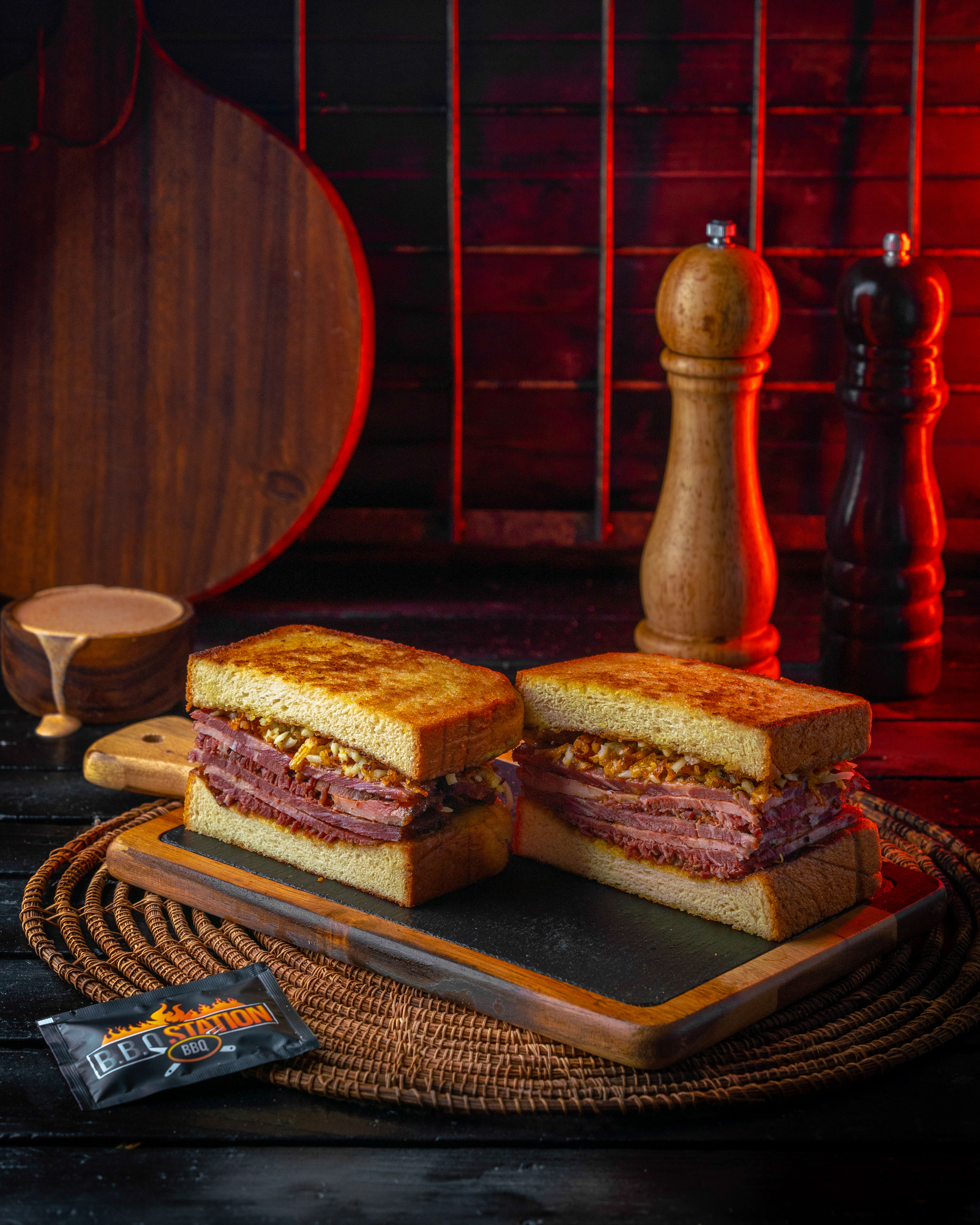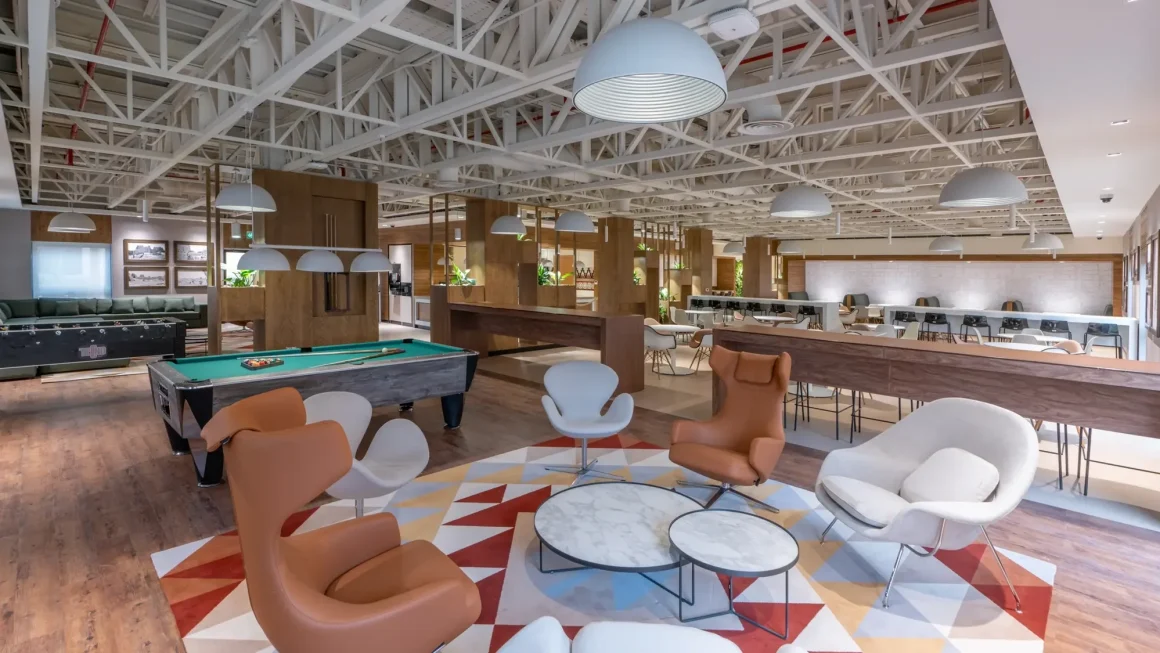Professional food photographers have perfected the art of making food look both delicious and visually appealing. However, mastering food photography techniques may seem difficult for beginners. In this guide, we will walk you through some professional food photography tips and tricks to help you achieve high-quality professional-looking food photographs.
Perfect your lighting setup:
Lighting is one of the most significant factors in food photography. Natural light often works best, as it creates soft shadows and highlights that bring out the textures and colors of the food. Position your subject near a large window with indirect light for the most flattering effect. If natural light isn’t available, consider investing in diffusers and artificial lighting setups that mimic the feel of daylight.
Focus on composition:
The composition of your food photos will determine how engaging the final image is. To make your photos stand out, use the rule of thirds, which involves dividing your frame into nine equal parts and placing the subject along these lines or at the intersections. This will create balance and draw the viewer’s eye naturally. Additionally, think about your shot’s background. A clean, simple background allows the food to be the focal point, while a more textured or intricate background can add personality.
Consider focus:
Sharp focus is essential in food photography. A shallow depth of field can highlight specific elements of the dish while softening the rest, creating an inviting focal point. This technique works wonders for dishes with textures or delicate details, like toppings or garnishes. Using a macro lens can also help you capture close-up shots of these intricate details with clarity. Ensure your focus is precisely on the food to avoid distracting the viewer with blurry backgrounds or edges.
Experiment with angles:
Different dishes require different angles to capture them in their best light. For flat dishes, such as pizza or pasta, an overhead shot is ideal. This view lets the viewer see all the components and textures. For tall dishes, such as burgers or layered cakes, a side angle can highlight the layers and make the food appear more vigorous. Don’t be afraid to experiment with different angles to find the one that truly showcases the dish in the best possible way.



